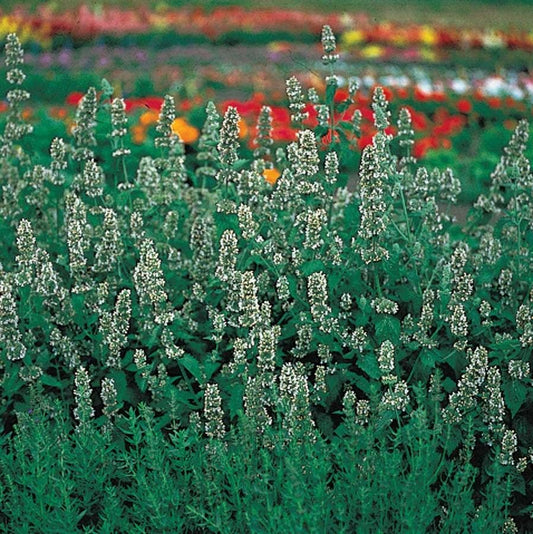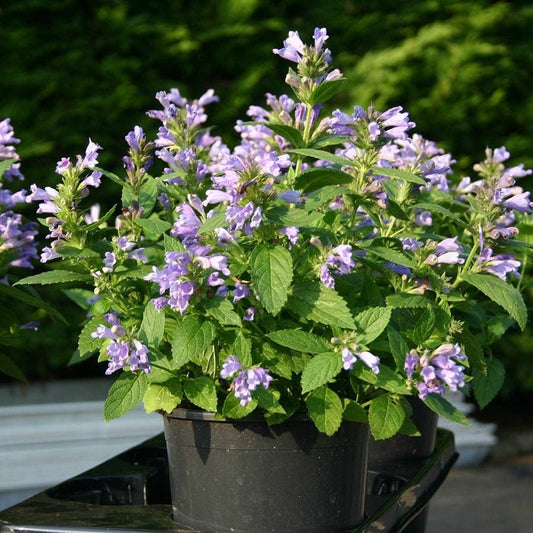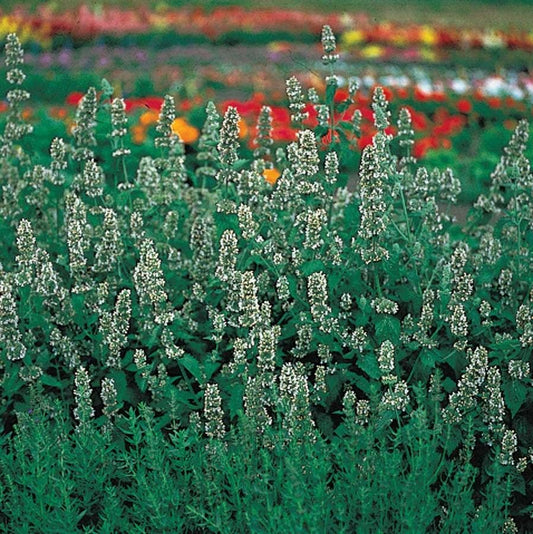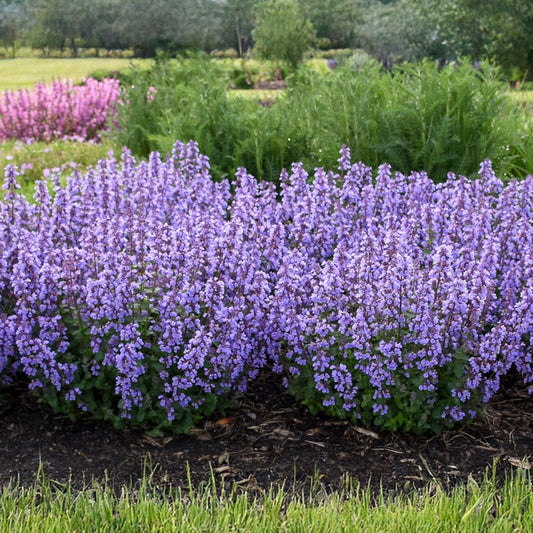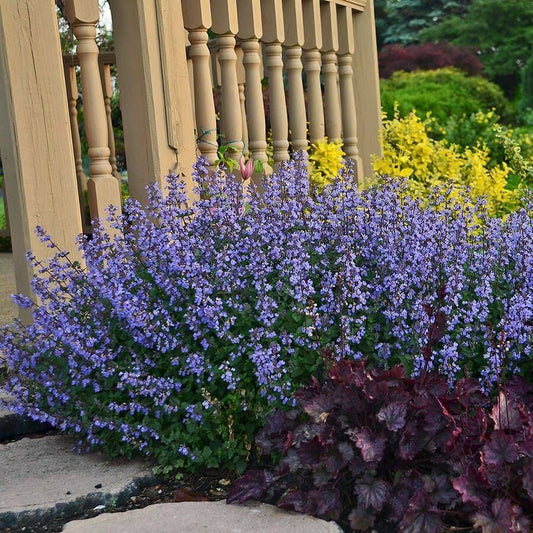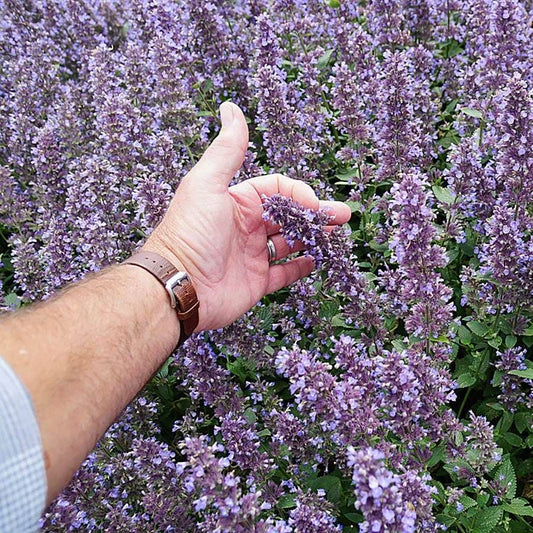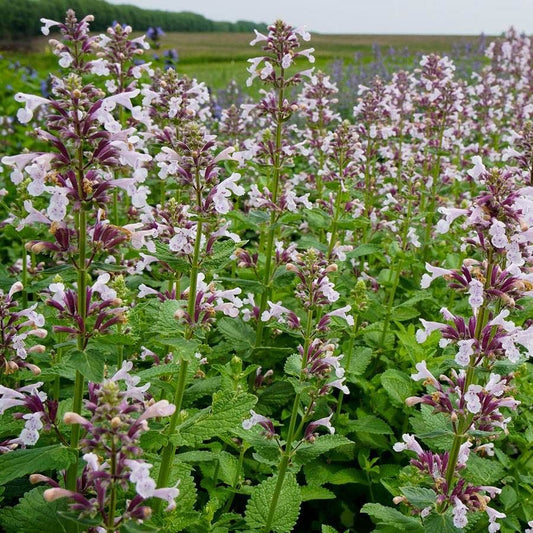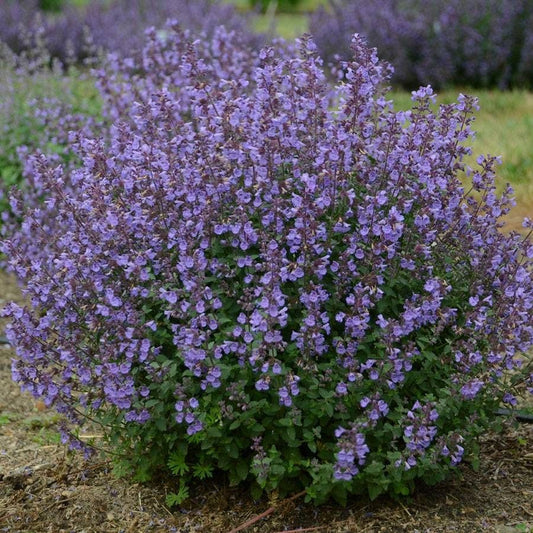Catnip Seeds & Plants
The Nepeta genus contains perennial herbs in the mint family, commonly called catmint or catnip. Typically, long- and heavy-blooming, catmints flush heaviest in spring and bloom sporadically throughout the season.
-
Organic Catnip Seeds
Regular price $2.95Regular priceUnit price / per$2.95Sale price $2.95 -
Panther Dark Blue Japanese Catmint Seeds
Regular price $6.95Regular priceUnit price / per$6.95Sale price $6.95 -
Catnip Seeds
Regular price $2.95Regular priceUnit price / per$2.95Sale price $2.95 -
'Cat's Pajamas' Catmint
Regular price From $18.95Regular priceUnit price / per$23.95Sale price From $18.95 -
Nepeta 'Purrsian Blue'
Regular price $18.95Regular priceUnit price / per$18.95Sale price $18.95 -
Nepeta Whispurr™ Blue
Regular price $21.95Regular priceUnit price / per$21.95Sale price $21.95 -
Nepeta Whispurr™ Pink
Regular price $21.95Regular priceUnit price / per$21.95Sale price $21.95 -
Nepeta faassenii Kitten Around
Regular price $16.95Regular priceUnit price / per$16.95Sale price $16.95
Catnip Seeds & Plants
Highly versatile and tough as nails
Borne in showy spikes or panicles, the two-lipped white, pink, blue, or purple flowers are nectar and pollen rich and highly attractive to bees, butterflies, and hummingbirds. Although many new varieties are sterile, some catmints produce seed capsules and, if not deadheaded, attract seed-eating birds, especially goldfinches.
Nepeta is a genus of about 250 species of perennials and a few annuals. Popular cultivated species include N. cataria (catnip), N. faassenii ([syn N. racemose] catmint, nepeta), N. subsessilis (short-stalked catmint, Japanese catmint), and many hybrids. Although all nepeta are attractive to cats, N. cataria is considered true catnip and is usually grown for that purpose. The other varieties make better ornamentals. Most catmints grow to about 10 to 24 inches tall and wide, but some varieties reach up to 4 feet tall and 3 feet wide. Catmints have a fast growth rate and a low, mounding to cascading habit of lacy, aromatic, blue-green to silvery foliage. They are shown to best effect massed or grouped in beds, border fronts, edgings, or containers.
Reliable, easy to grow, and low maintenance, catmint prefers full sun to dappled shade and any dry to medium moisture, well-drained soil. In fact, it thrives in poor, dry soils and is tolerant of drought, once established. In areas with high heat and humidity, some afternoon shade may be best. Deer and rabbits tend to avoid this plant, but cats can damage young seedlings.
